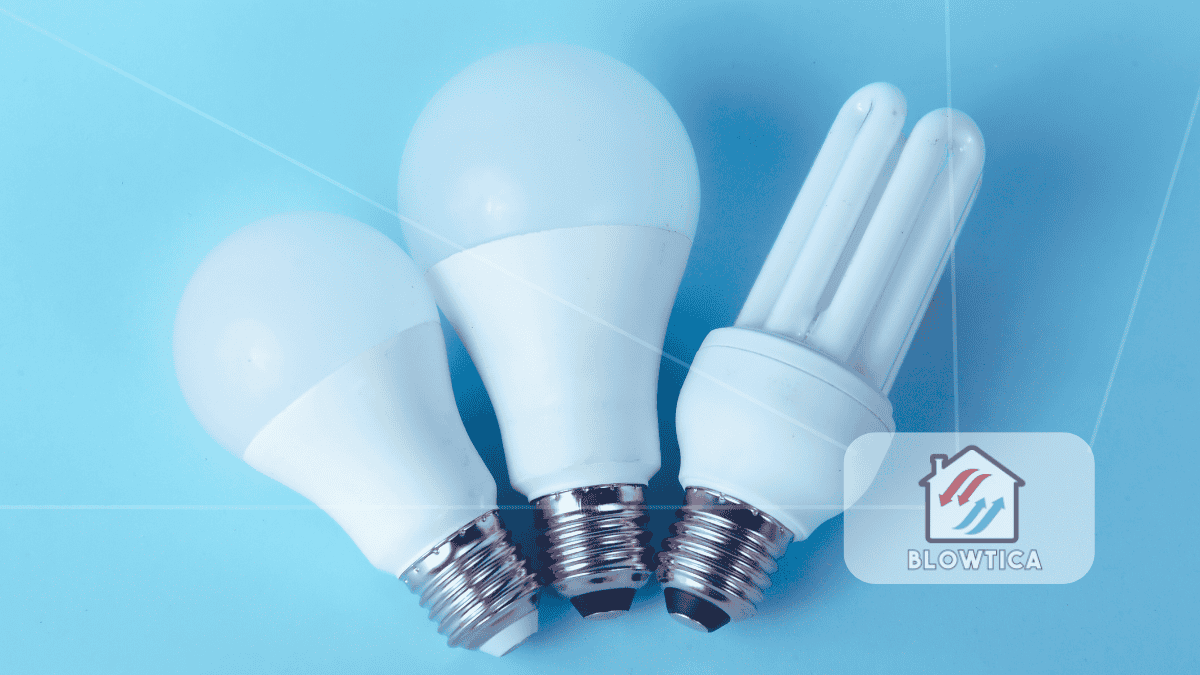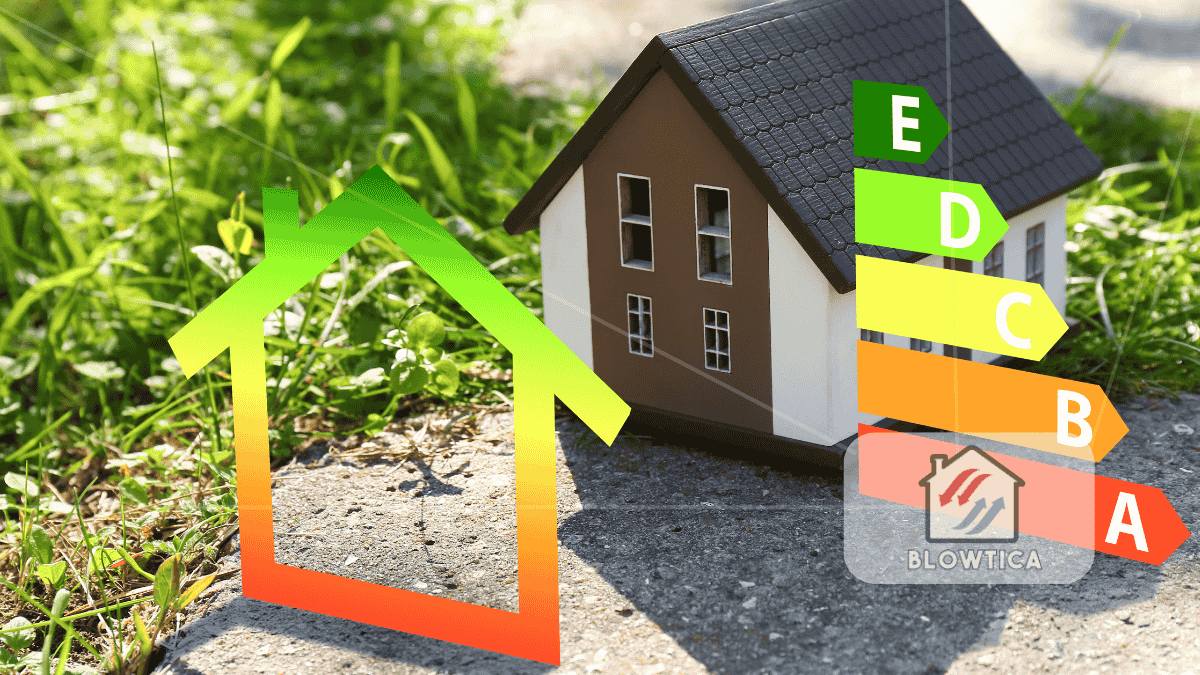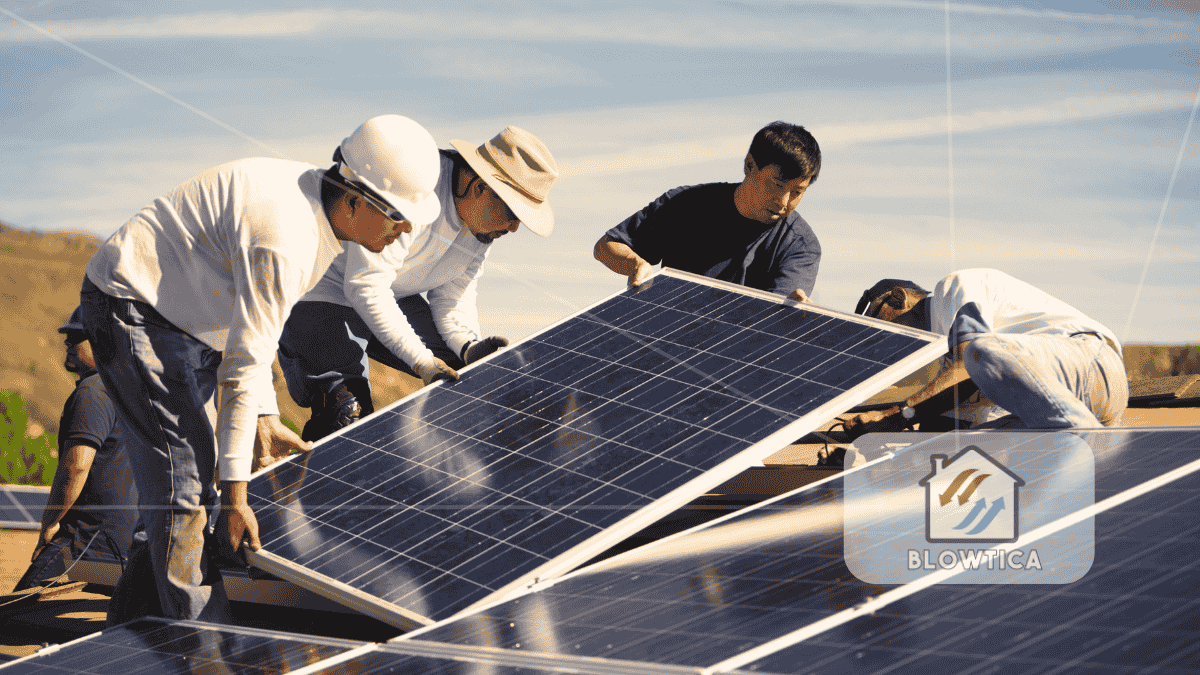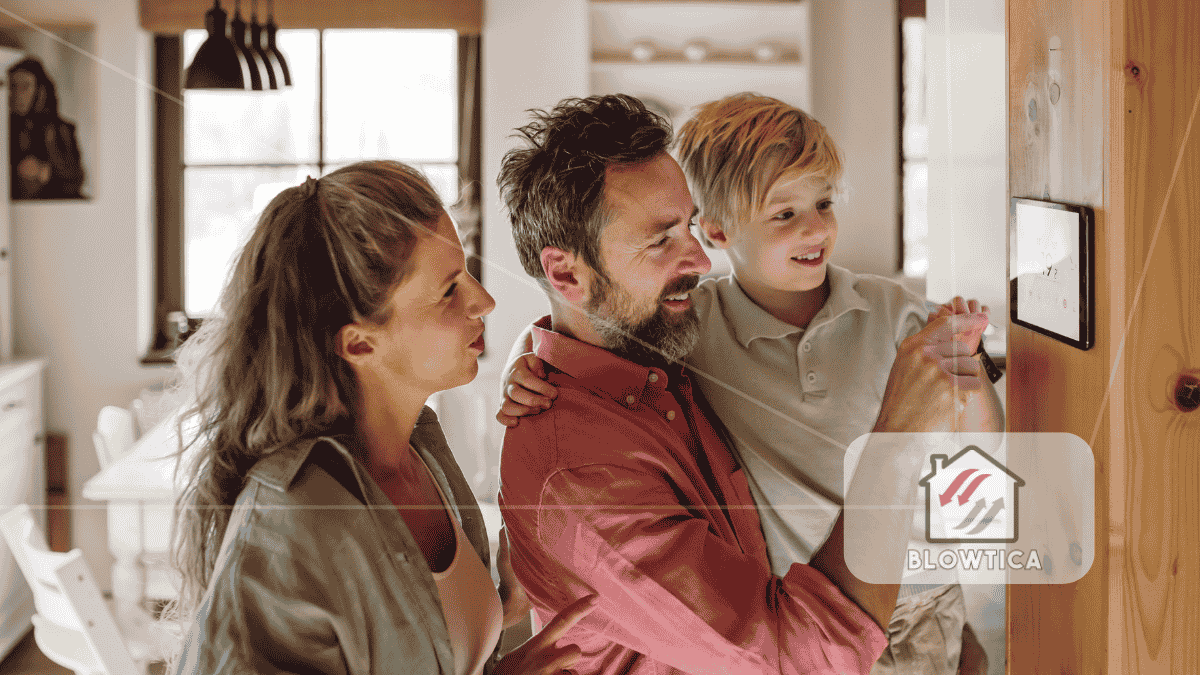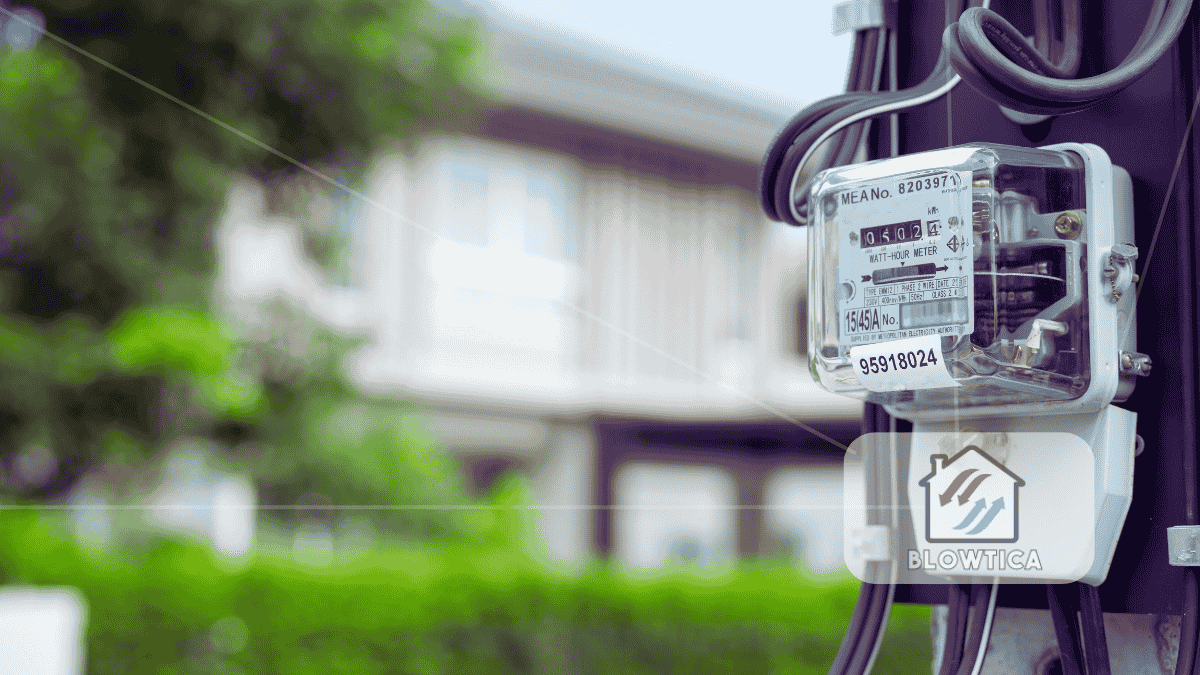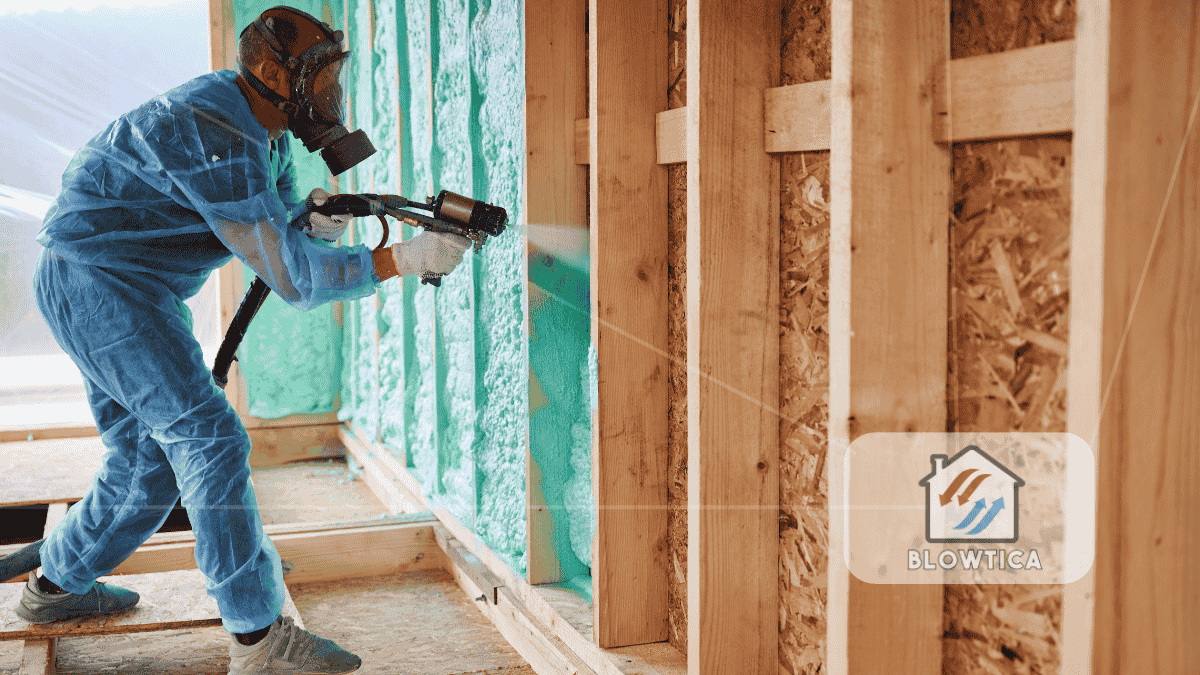
Home insulation is one of the most neglected aspects of homeownership, yet it directly affects your comfort, energy bills, and even the longevity of your home. Many homeowners treat insulation as a one-time project and forget about it, assuming it’s working just fine. But over time, insulation can degrade, become less effective, or may have been insufficient from the start. The good news? There are smart and practical home insulation tricks that can boost your home’s energy efficiency without gutting your walls or draining your savings. Here’s what every homeowner should know, and act on, today.
1. Seal Air Leaks Before Adding Insulation
Before piling on more insulation, identify and seal existing air leaks. Cracks and gaps around windows, doors, attic hatches, and even electrical outlets can leak warm air in winter and cool air in summer. Use caulk for non-moving gaps and weather stripping for doors and windows. For larger gaps, especially around pipes, vents, or wiring, use spray foam insulation. This is one of the simplest and most effective home insulation tricks to reduce energy loss quickly.
2. Upgrade Attic Insulation
Heat rises, and if your attic isn’t properly insulated, you’re essentially letting your energy escape through the roof. Most attics in older homes are under-insulated. Aim for a minimum of R-38, and in colder climates, up to R-60. Materials like blown-in cellulose, fiberglass batts, and spray foam are popular options. Make sure the insulation is evenly distributed and not compressed, as that reduces its effectiveness. Attic insulation upgrades are one of the most cost-effective home insulation tricks with a fast return on investment.
3. Address Basement and Crawl Spaces
These spaces are often ignored but can leak significant heat. Insulate the rim joists, walls, and crawl space ceilings. Closed-cell spray foam works well here because it resists moisture and doubles as a vapor barrier. Avoid using fiberglass in damp areas, as it absorbs moisture and can grow mold. Adding insulation in these areas helps reduce cold floors and supports more efficient heating throughout the home.
4. Insulate Behind Electrical Outlets and Switches
Exterior wall outlets and light switches can leak air into your living space. A quick and affordable fix is to install foam gaskets behind outlet and switch covers. Add child-safety plugs to unused outlets for extra sealing. This minor yet impactful home insulation trick improves thermal performance without major effort.
5. Replace Old Doors and Windows
Drafty windows and hollow-core doors contribute to energy loss. Upgrade to double- or triple-pane windows with low-emissivity (low-E) coatings that reduce heat transfer. For exterior doors, opt for insulated steel or fiberglass models with energy-efficient cores. These changes not only improve insulation but also enhance your home’s value and aesthetic appeal.
6. Install Thermal Curtains and Cellular Shades
Thermal curtains and honeycomb-style cellular shades trap air and provide additional insulation. Use them strategically, and close them during cold nights and hot days to minimize heat exchange through the glass. Though not a substitute for proper insulation, they are a helpful and affordable layer of defense.
7. Add Radiant Barriers in Hot Climates
In warmer regions, radiant barriers can make a noticeable difference. These reflective sheets are installed under the roof decking to reflect heat away from the living space. When paired with traditional insulation, radiant barriers help maintain cooler attic temperatures and lower cooling costs.
8. Insulate Water Pipes and HVAC Ducts
Uninsulated water pipes and air ducts are silent culprits of energy waste. Foam sleeves for pipes and foil-backed insulation wraps for ducts are simple to install and significantly reduce energy loss. This home insulation trick not only improves system efficiency but also helps prevent frozen pipes during winter.
9. Evaluate and Replace Aging Insulation
Insulation materials don’t last forever. Over time, they can compact, become contaminated, or degrade. If your insulation appears dirty, moist, or deteriorated, or if your energy bills have crept up, it’s time for a professional evaluation. Upgrading old insulation can significantly improve indoor air quality and thermal efficiency.
10. Use Area Rugs for Floor Insulation
Hard floors like tile and wood are poor insulators. Area rugs provide a layer of insulation that keeps your feet warm and prevents heat from escaping. This trick is especially useful in rooms above garages or basements. Plus, it enhances comfort and adds visual warmth to the space.
11. Insulate Interior Walls Where Needed
Interior wall insulation isn’t always necessary, but it has its place. In-home offices, nurseries, or media rooms, can help control sound and temperature between spaces. Consider mineral wool or acoustic insulation to get both thermal and soundproofing benefits.
12. Optimize with Smart Thermostats and Zoned Heating
A smart thermostat learns your schedule and adjusts heating or cooling accordingly, reducing wasted energy. Zoning systems let you heat or cool only the rooms you use. These tools complement your insulation strategy, making your home more responsive and efficient.
13. Apply Spray Foam in Tough Areas
Corners, rim joists, attic knee walls, and other tricky spots are perfect candidates for spray foam. It expands to fill gaps and also acts as an air and moisture barrier. Though pricier than fiberglass, its effectiveness and longevity often justify the investment. This is a targeted home insulation trick that solves stubborn energy leaks.
14. Install Door Sweeps and Threshold Seals
Gaps under doors are notorious for letting in drafts. Install door sweeps and threshold seals to block airflow. These additions are affordable, easy to install, and can make a noticeable difference in comfort levels near exterior doors.
15. Schedule a Professional Home Energy Audit
If you’re unsure where to begin, a home energy audit can be invaluable. Professionals use thermal imaging, blower door tests, and other tools to identify problem areas. The results guide you in prioritizing improvements for the greatest energy savings. It’s more than a trick, it’s a roadmap to a more efficient home.
16. Insulate Garage Doors and Walls
Garages often go uninsulated, yet they can influence your home’s overall temperature, especially if they’re attached. Add insulation to garage walls and install an insulated garage door to prevent extreme temperatures from seeping into adjacent living spaces. This is one of the most overlooked home insulation tricks that can enhance year-round comfort.
17. Pay Attention to Attic Ventilation
While insulation is key, proper ventilation in the attic is equally critical. Good airflow prevents moisture buildup and maintains consistent attic temperatures, which extends the life of both insulation and roofing materials. Use soffit vents, ridge vents, or attic fans to keep air circulating and balance insulation with ventilation.
Conclusion
Home insulation isn’t just about stuffing materials into your attic. It’s about smart, layered strategies that work together to reduce energy waste, improve comfort, and protect your investment. By using a mix of old-school know-how and modern techniques, these home insulation tricks give you the best of both worlds. Whether it’s sealing gaps, adding attic insulation, or installing smart thermostats, every step moves your home toward better efficiency. Start with small upgrades and build from there. The results will show up in your comfort levels and your utility bills.


